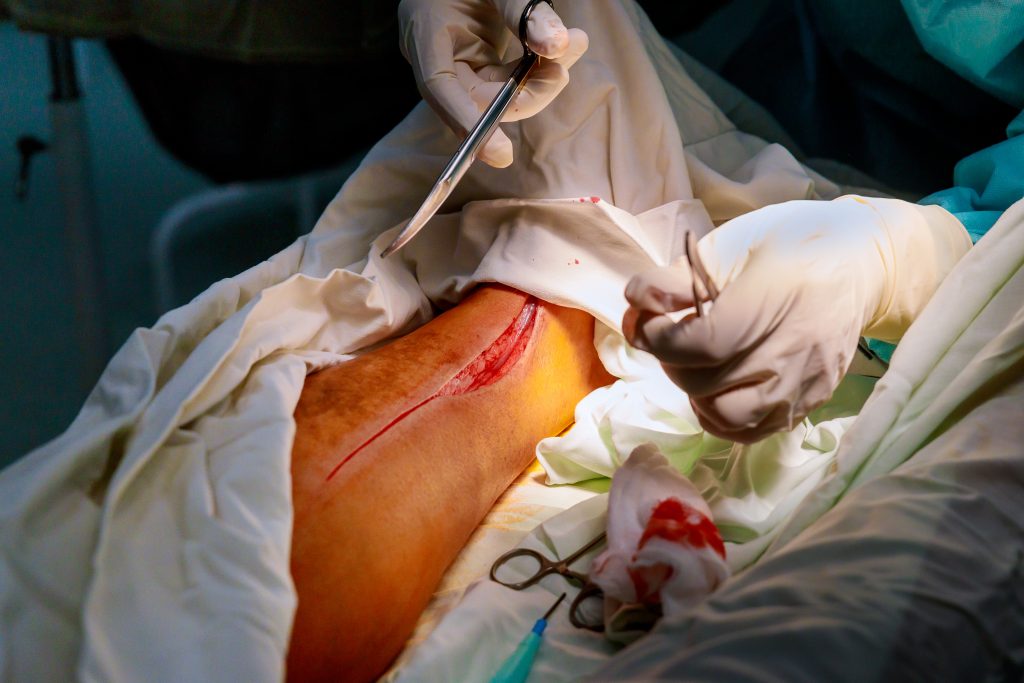Piles, also known as hemorrhoids, are swollen veins in the lower rectum and anus. They can cause pain, discomfort, bleeding, and itching, making daily life difficult. While piles are a common condition, they often go untreated due to embarrassment or lack of awareness. However, early diagnosis and proper treatment can help prevent complications and provide lasting relief.
In this article, we will discuss the causes, symptoms, and the most effective treatment options for piles.

What Are Piles?
Piles are inflamed or swollen blood vessels in and around the anal region. They can be classified into two main types:
- Internal Piles – Found inside the rectum and usually painless but may cause bleeding.
- External Piles – Located under the skin around the anus, leading to pain, swelling, and irritation.
In severe cases, piles can become thrombosed (clotted) or prolapsed, requiring medical intervention.
Causes of Piles
Several factors can contribute to the development of piles, including:
- Chronic constipation or diarrhea – Straining during bowel movements increases pressure on rectal veins.
- Low-fiber diet – Lack of fiber leads to hard stools and difficulty passing bowel movements.
- Prolonged sitting – Sitting for extended periods, especially on the toilet, can increase pressure in the anal region.
- Obesity – Excess weight puts pressure on the rectal veins.
- Pregnancy – Increased abdominal pressure can lead to piles in pregnant women.
- Aging – Weakening of tissues with age makes the veins more susceptible to swelling.
- Heavy lifting – Frequent lifting of heavy objects can strain rectal veins.
Common Symptoms of Piles
The symptoms of piles vary depending on their severity and type. Common signs include:
✔ Rectal bleeding – Bright red blood during or after a bowel movement.
✔ Pain or discomfort – Especially while sitting or passing stools.
✔ Itching and irritation – In and around the anal region.
✔ Swelling or lumps – A lump near the anus, which may be sensitive or painful.
✔ Mucous discharge – In some cases, a slimy discharge is present.
If left untreated, piles can lead to anemia, infections, and chronic pain, making early treatment essential.
Effective Piles Treatment Options
There are several treatment options for piles, depending on the severity of the condition.
1. Lifestyle and Dietary Changes
For mild cases, simple lifestyle modifications can help:
✅ Increase fiber intake – Eat fruits, vegetables, whole grains, and legumes.
✅ Stay hydrated – Drink plenty of water to soften stools.
✅ Avoid straining – Do not force bowel movements.
✅ Exercise regularly – Helps prevent constipation and improves digestion.
✅ Maintain good hygiene – Keep the anal area clean and dry.
2. Medications and Home Remedies
For temporary relief, doctors may recommend:
✔ Topical creams and ointments – Reduce pain, swelling, and itching.
✔ Oral pain relievers – NSAIDs can ease discomfort.
✔ Warm sitz baths – Sitting in warm water helps soothe irritation.
However, these treatments only manage symptoms and do not cure piles permanently.
3. Minimally Invasive Procedures
For moderate to severe cases, doctors may recommend non-surgical procedures, such as:
🔹 Rubber Band Ligation – A rubber band is placed around the hemorrhoid to cut off blood supply, causing it to shrink.
🔹 Sclerotherapy – A chemical injection shrinks the piles.
🔹 Infrared Coagulation (IRC) – Heat is used to shrink the affected veins.
These procedures are quick, effective, and require minimal recovery time.
4. Surgical Treatments for Severe Cases
If non-surgical treatments fail, advanced surgical procedures may be necessary, including:
🔹 Hemorrhoidectomy – Complete removal of hemorrhoids, recommended for severe cases.
🔹 Stapler Hemorrhoidopexy (MIPH) – A painless surgery using a stapler to reposition internal piles.
🔹 Laser Treatment for Piles – A modern, minimally invasive procedure that ensures quick recovery with less pain.
Laser treatment is highly effective, with minimal bleeding, faster healing, and reduced chances of recurrence.
Conclusion
Piles are a common but treatable condition, and seeking medical care early can prevent complications. Whether through lifestyle changes, medications, or advanced surgical treatments, relief is possible.
At Kolekar Hospital, we specialize in piles treatment in Chembur, offering advanced laser procedures and minimally invasive treatments for quick recovery. Our team of expert proctologists provides personalized care to ensure lasting relief from piles.
![]()















